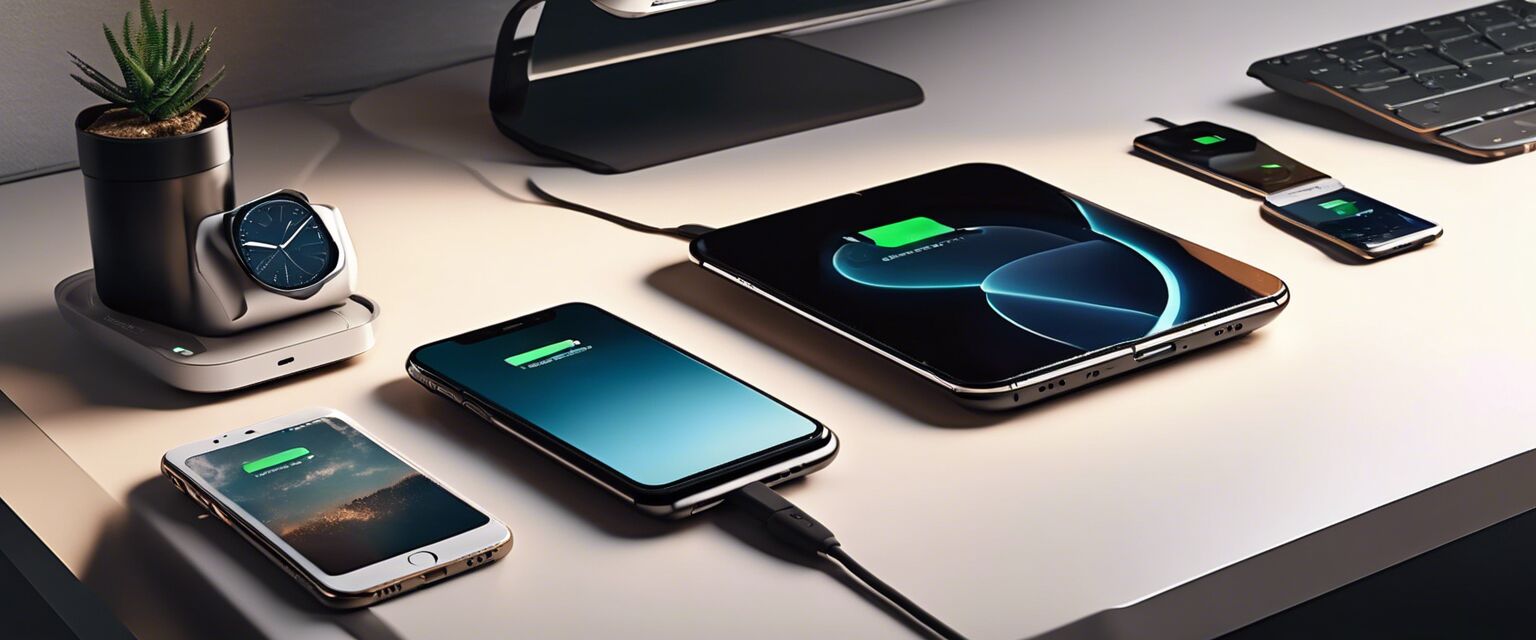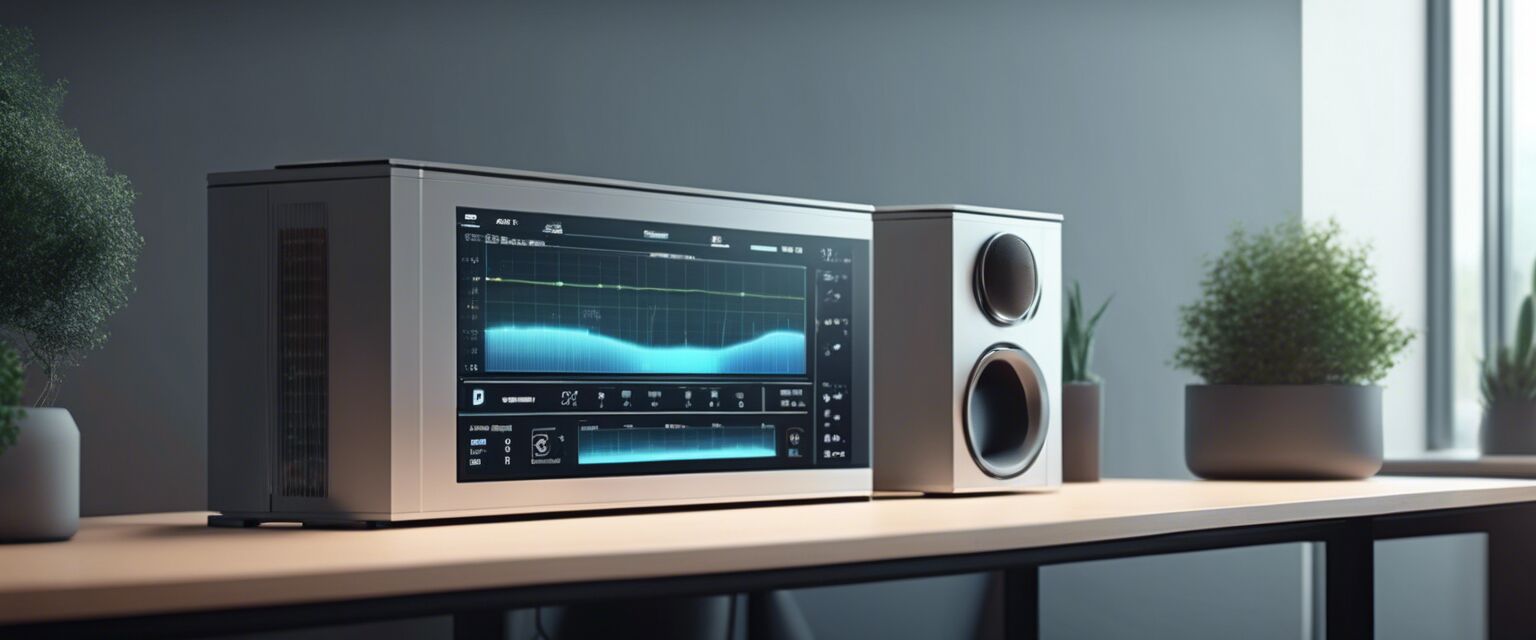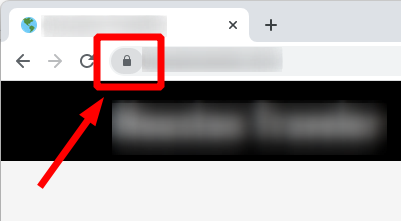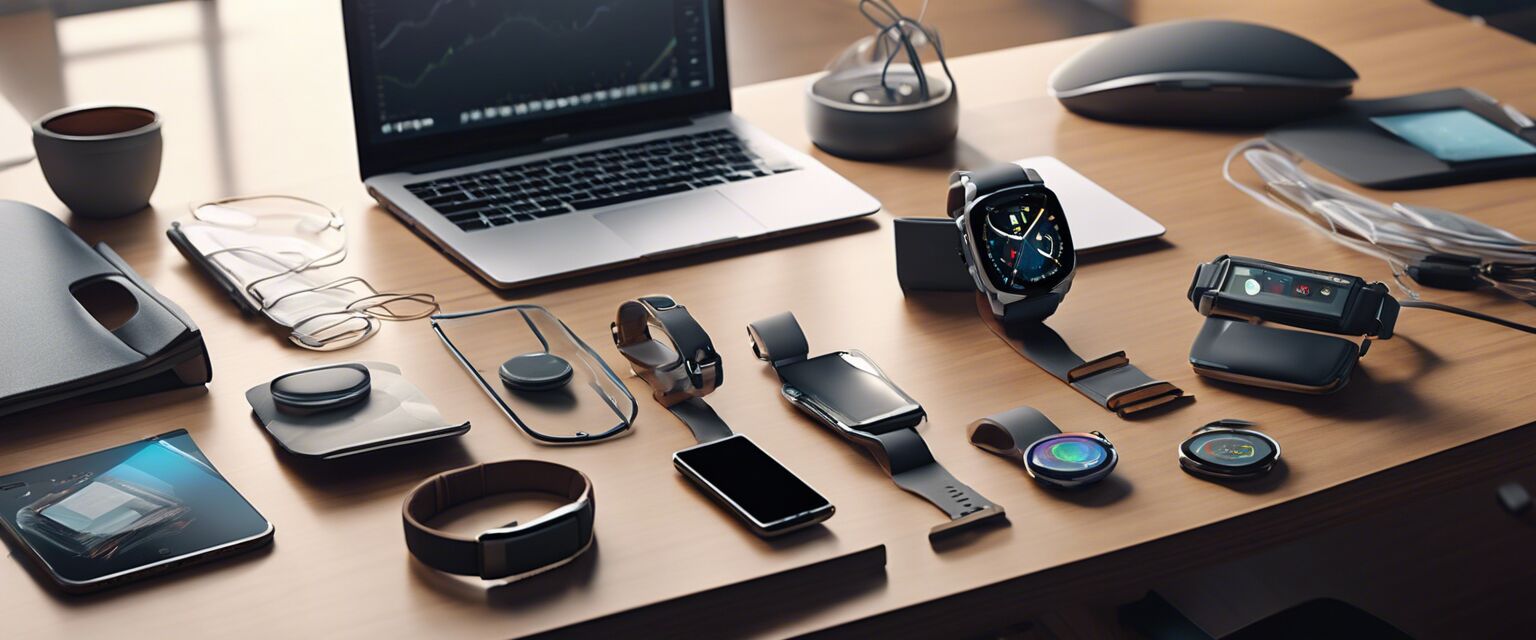
Office Wearable Technology
Key Takeaways
- Wearable technology can boost productivity and monitor health.
- Smartwatches are the most popular office wearables.
- Many devices track biometrics and activity levels throughout the day.
- Integration with other office tech enhances functionality.
- Choosing the right device depends on personal needs and preferences.
In today's fast-paced work environment, the integration of technology into our daily routines is inevitable. Office wearable technology is revolutionizing how we track productivity and health metrics during work hours. These devices not only provide vital data about our well-being but also improve efficiency in our workspaces. In this article, we will delve into various types of office wearables, their benefits, and how they can benefit your work environment.
What is office wearable technology?
Office wearable technology refers to electronic devices that can be worn on the body to collect data about an individualâs health, productivity, and activity levels during work hours. These devices range from smartwatches and fitness bands to smart glasses. Their primary aim is to enhance overall efficiency and well-being in the workplace.
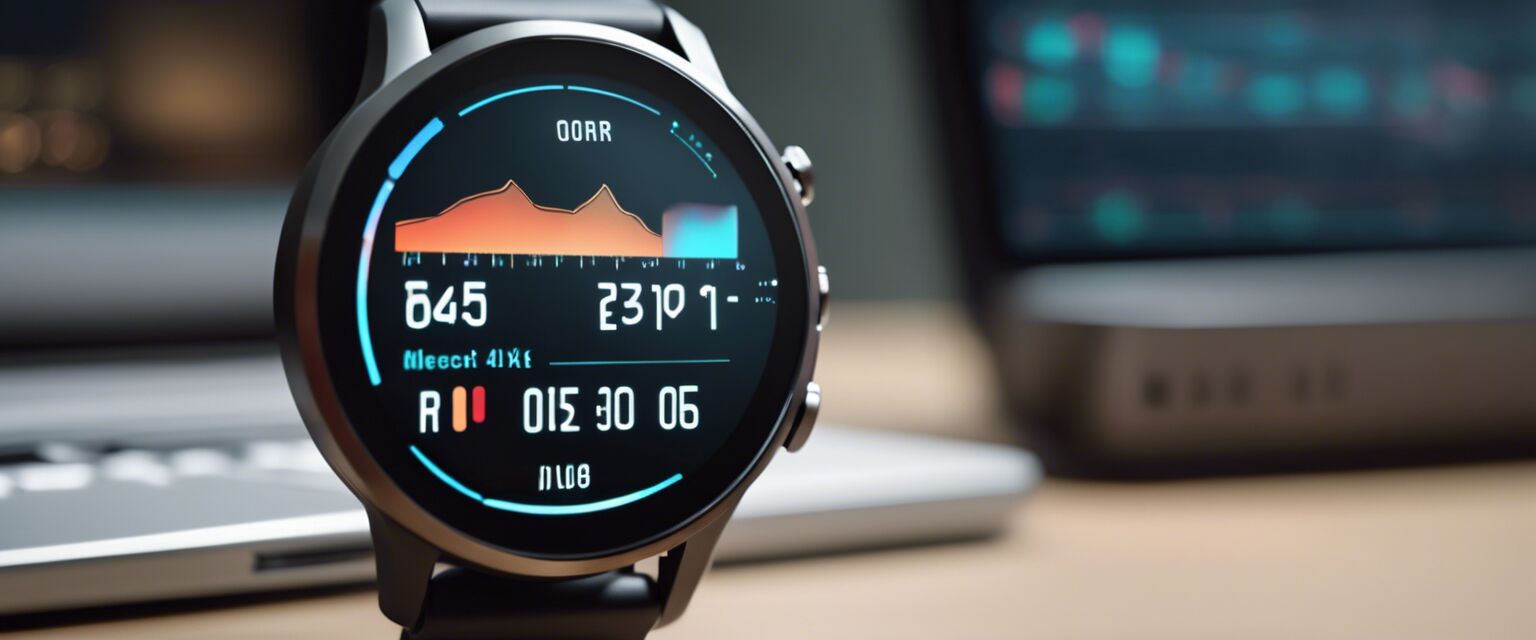
Types of office wearables
| Type | Description | Key Features |
|---|---|---|
| Smartwatches | Multi-functional wrist devices that monitor health metrics and receive notifications. | Heart rate monitoring, notifications, GPS, app integration. |
| Fitness Bands | Lightweight wearables focused primarily on tracking physical activity and health data. | Step count, sleep tracking, calorie monitoring, heart rate tracking. |
| Smart Glasses | Eyewear that provides augmented reality features and hands-free notifications. | Display notifications, voice commands, navigation assistance. |
| Health Monitors | Devices that specifically track health metrics like heart rate, oxygen levels, and sleep quality. | Continuous health monitoring, alerts for abnormalities, integration with apps. |
| Wearable Cameras | Devices worn on the body to capture events and create content. | Hands-free video recording, live streaming capabilities. |
Benefits of using wearable technology in the office
- Enhanced productivity: Wearable devices can track your activity levels and remind you to take breaks, leading to increased productivity.
- Health monitoring: Continuous tracking of health metrics helps detect potential issues early.
- Data collection: By gathering data on daily habits, you can make informed decisions about work routines.
- Integration with other tech: Wearables can sync with other office gadgets, enhancing overall functionality.
- Employee engagement: Wearable tech can foster a culture of health and wellness within the organization.

Choosing the right office wearable
Choosing the right office wearable technology requires considering a few important factors:
- Identify your needs: Determine what metrics you want to track (e.g., productivity, health, fitness).
- Compatibility: Ensure the wearable can integrate with existing office technology.
- Comfort and usability: The device should be comfortable for long hours of use and easy to interact with.
- Battery life: Consider how often the device needs charging to minimize interruptions during work.
- Brand reputation: Research reputable brands and read user reviews for insights into reliability and performance.
Popular wearable technology options
| Device | Pros | Cons |
|---|---|---|
| Apple Watch | Health tracking features, app integration, seamless Apple ecosystem. | High price point, iPhone compatibility required. |
| Fitbit Charge | Affordable, great health metrics tracking, long battery life. | Limited smartwatch features, basic display. |
| Google Glass | Innovative tech, hands-free access to notifications, augmented reality features. | Limited functionality for everyday use, bulkier design. |
| Garmin Venu | Advanced fitness tracking, stylish design, excellent battery life. | Higher cost, learning curve for some features. |
Integration with collaborative tech tools
By integrating wearable technology with collaborative tech tools, teams can streamline communication and enhance productivity in real-time. Here are some collaborative tech tools that work well with wearables:
- Project management apps: Connect your wearable to manage tasks and deadlines efficiently.
- Communication platforms: Use wearables to receive instant messages or alerts from apps like Slack or Teams.
- Calendar apps: Sync your wearable with calendar notifications to stay informed of meetings and appointments.
- Time tracking tools: Ensure you keep track of billable hours through wearable integration.
Wrapping up
The emergence of office wearable technology has transformed the way we approach work, offering opportunities to enhance productivity and monitor health. By carefully selecting the right wearables and integrating them with existing office technology, employees can cultivate a healthier and more efficient work environment. Embracing these advancements will not only benefit individual workers but will also contribute to a positive organizational culture.
Pros
- Improves productivity through real-time tracking.
- Encourages a healthy work-life balance.
- Facilitates better workplace communication.
- Aids in maintaining physical well-being during long working hours.
Cons
- Can be expensive, limiting accessibility for some users.
- Data privacy concerns regarding health information.
- Dependency on battery and software updates.
- May distract users rather than enhance focus.
Tips for beginners
- Start with basic wearable technology and upgrade as needed.
- Join user communities to share experiences and tips.
- Regularly update device software for optimal performance.
- Participate in workplace wellness programs that promote the use of wearables.
- Keep your device charged and ready for use to maximize its benefits.


